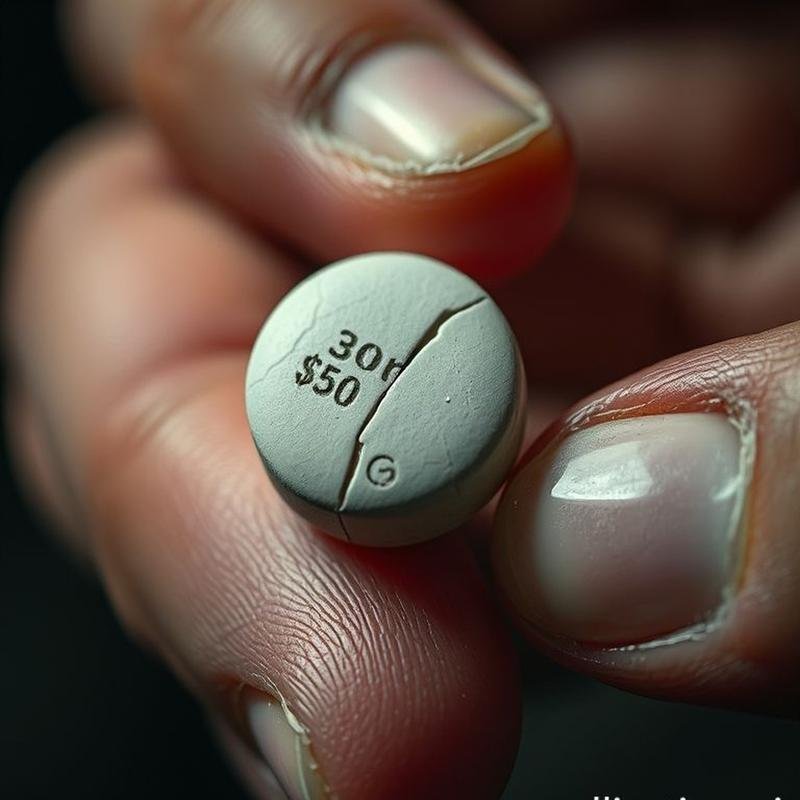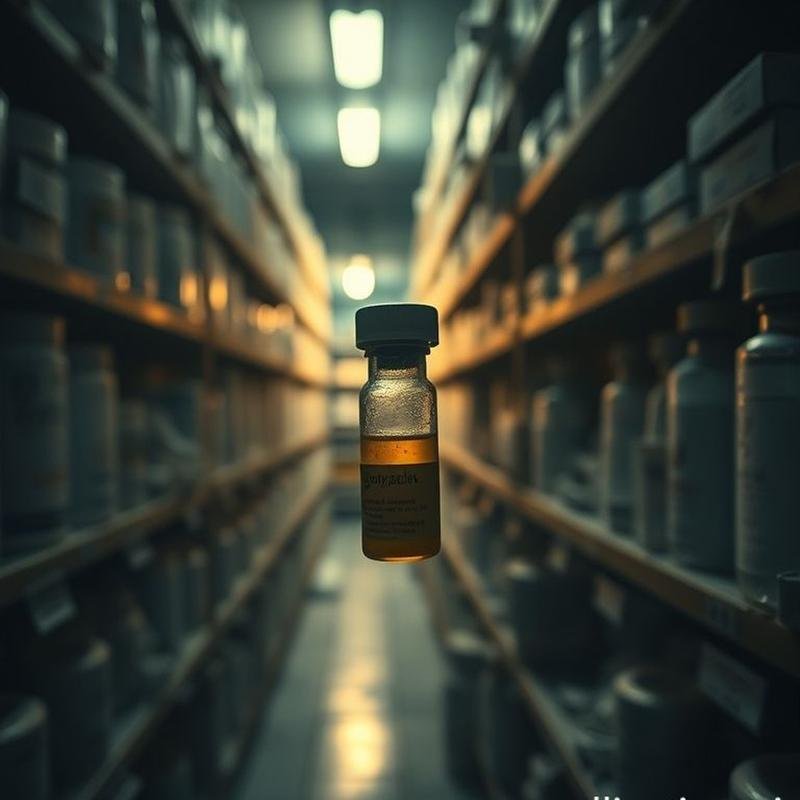Pharmaceutical Company Secrets: Are They Suppressing Affordable Cures?

Pharma Secrets: Affordable Cures Suppressed?
Are you aware that a potentially life-saving medication, readily available, may be withheld from you or your loved ones, languishing in pharmaceutical company inventories? This is not due to inefficacy, but rather a calculated decision based on diminished profitability. This is not merely a conspiracy theory, but a fierce, clandestine battle waged within research laboratories, complex regulatory frameworks, and the cold calculus of profit margins. This conflict dictates who lives, who dies, and who has access to essential treatment.
This documentary exposes a complex network of conflicting interests, where the ethical principles of the medical profession are pitted against the harsh realities of unfettered capitalism. We will delve into the depths of this opaque industry, revealing how prices are manipulated with impunity, promising research is suppressed, and expensive medications are prioritized over affordable and accessible alternatives, leaving countless individuals to suffer in silence. Prepare to confront a long-concealed and unsettling truth.
The High Cost of Essential Medications
Let us now examine the central issue: the mechanisms by which essential medication prices are determined. Are these prices solely reflective of substantial research and development expenditures, or are there other, less transparent, factors influencing this intricate process? Estimates suggest that the development of a new drug can cost between $2.6 billion and $2.9 billion, a considerable investment. Patents provide pharmaceutical companies with up to 20 years of market exclusivity, granting them the legal right to set prices. However, is this monopoly entirely justified?
Consider the egregious example of Turing Pharmaceuticals, which in 2015 increased the price of Daraprim by an astonishing 5000%, from $13.50 to $750 per tablet. Can this exorbitant increase be justified, and does it accurately reflect production or development costs? The financial data is revealing: in 2021, the top ten best-selling drugs generated over $100 billion in sales. These substantial profits raise fundamental questions: is patient suffering being exploited for excessive financial gain?
The issue extends beyond individual drug pricing. The practice of “pay-for-delay” involves originator pharmaceutical companies compensating generic drug manufacturers to postpone the introduction of lower-cost alternatives. This strategy deprives patients of access to affordable treatments and perpetuates the market dominance of major corporations, thereby exacerbating the problem. Furthermore, unlike many other developed nations, the United States lacks direct government controls on drug prices. In 2019, the United States spent $1200 per capita on medications, compared to an average of $600 in other high-income countries. Are we facing a system that permits widespread patient exploitation, prioritizing profit over health and well-being? The answer, as revealed by the stark realities of the pharmaceutical industry, is likely to provoke outrage.
Strategies to Suppress Generic Drugs
The suppression of generic drugs is not coincidental; it is a deliberate corporate strategy designed to eliminate access to affordable treatments. “Evergreening” tactics, involving superficial modifications to existing drugs to extend patent protection and prevent generic competition, are a primary tool. A prominent example is AbbVie’s accumulation of over 70 patents to protect Humira, delaying competition until 2023. This manipulation extends to “product hopping,” where a successful drug is withdrawn from the market and replaced with a slightly altered version to impede the development of generic equivalents. Furthermore, originator companies frequently file vexatious lawsuits against generic drug manufacturers, as exemplified by Teva Pharmaceuticals’ litigation against Mylan over Copaxone.
Even more concerning is the practice of “pay-for-delay,” where large corporations compensate generic drug companies in exchange for delaying the launch of lower-priced versions of essential medications. This unethical practice, while illegal in some jurisdictions, demonstrates the extent to which these companies are willing to prioritize profits over human lives. In 2013, Cephalon paid a record amount of…
The Influence of Lobbying Groups
Let us now examine another troubling aspect: the influence of lobbying groups. In 2022 alone, pharmaceutical companies in the United States spent $375 million on lobbying, exceeding any other industry. This translates to over 1600 lobbyists, nearly three for every member of Congress, working to shape legislation to benefit their specific interests. Consider the Medicare Part D law of 2003, which prohibits Medicare from directly negotiating drug prices with pharmaceutical companies. This law was significantly influenced by lobbying efforts, ensuring substantial profits for pharmaceutical companies. Similarly, during the debate over the Affordable Care Act in 2010, PhRMA spent over $26 million lobbying against it, seeking to maintain the status quo.
“We invest in lobbying to ensure our voice is heard in political discussions,” a statement attributed to a CEO of a major pharmaceutical company, reveals a disturbing truth. Numerous studies indicate that legislators who support legislation favorable to the industry receive larger political contributions. In 2021, these groups successfully thwarted congressional efforts to lower insulin prices, leaving millions struggling with the exorbitant cost of this life-saving medication. Is this equitable? Or is it another example of manipulation?
Questionable Practices and Clinical Trial Manipulation
Beyond lobbying expenditures, do companies engage in other questionable practices? Are clinical trial results being manipulated? This question resonates throughout the scientific research community. In 2004, the state of New York filed a lawsuit against GlaxoSmithKline, alleging the concealment of adverse data regarding Paxil and its effects on adolescents. Is this an isolated incident? A study published in the New England Journal of Medicine in 2008 demonstrated that trials funded by pharmaceutical companies were significantly more likely to report positive results. Is this mere coincidence, or a deliberate bias? A study published in PLoS Medicine in 2010 revealed that half of registered clinical trials never publish their findings. This represents a significant amount of hidden information that directly impacts the decisions of physicians and patients.
The deceptive practice of ghostwriting, where pharmaceutical companies commission writers to produce misleading promotional articles falsely attributed to academics, is another concern. This creates a false scientific facade to conceal commercial interests. In 2012, GlaxoSmithKline paid a $3 billion fine for illegal drug promotion and the suppression of vital safety data. Are these isolated errors, or a recurring pattern indicative of a systemic flaw? A study analyzing data from the U.S. Food and Drug Administration revealed that drugs approved based on smaller trials were more likely to be withdrawn from the market later.
Patient Advocacy Groups: A Disguised Marketing Arm?
In light of these settlements, a critical question arises: can we trust those who claim to advocate for patient rights? In the United States alone, patient advocacy groups received over 75% of their funding from pharmaceutical companies in 2022. A study published in JAMA Internal Medicine revealed that these organizations often promote the drugs of their corporate sponsors. For example, The Alliance for Patient Protection accepted millions of dollars from a foundation linked to the Sackler family, owners of Purdue Pharma. Even the American Diabetes Association had to re-evaluate its treatment guidelines following criticism of pharmaceutical industry influence. As Dr. Lisa Schwartz stated, patients should recognize that many of these groups function as disguised marketing arms for major pharmaceutical companies.
Ensuring a Fair and Transparent Pharmaceutical System
The fundamental question remains: how can we ensure a pharmaceutical system that is truly fair and transparent? The answer lies in concerted efforts by dedicated individuals. This includes stricter government regulation to limit the ability of pharmaceutical companies to manipulate prices, and legislation that facilitates the rapid production of generic drugs, effectively closing loopholes used to artificially extend patents. The United States must reconsider its use of Section 301 to pressure other countries to adopt laws










